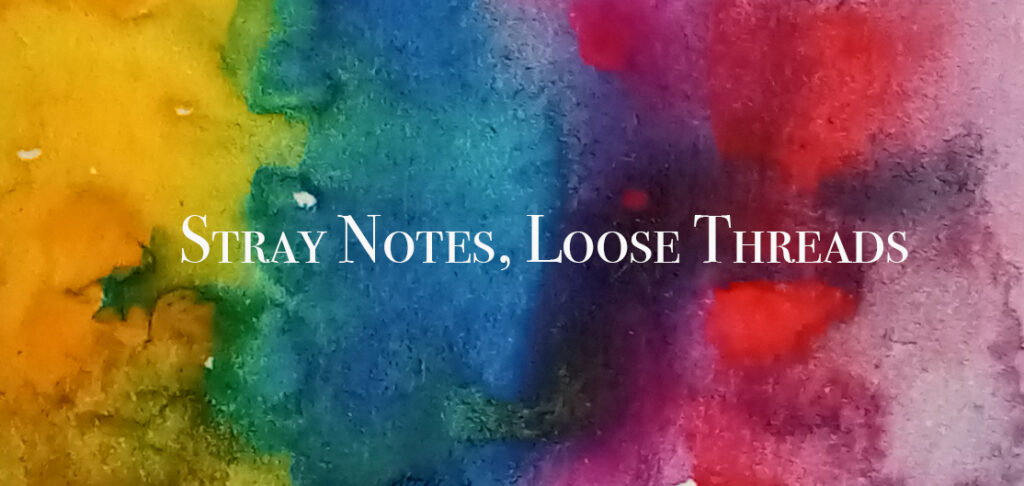One of the joys of a textile practice is learning about the different uses to which textiles are put. Data visualisation is one of those.
Data is a current trend in textile art. The use of cloths and fabrics, threads and yarns, embroidery, knitting, weaving, patchwork and quilting, is allowing new viewpoints to be seen. This is invaluable where data is concerned; new ways of looking at old data can reveal some surprising insights.

A new book has been added to the library. “RECORD, MAP AND CAPTURE IN TEXTILE ART – Data visualization in cloth and stitch” is an exploration of the ways in which English artist, Jordan Cunliffe, makes use of different techniques to represent maps, data and experience in textiles. It is a fascinating book, beautiful too, and will be available in the collection library to peruse shortly.
This article about Data Quilts is about the visualisation of environmental data through the practice of quilting. Who knew space junk could be so intriguing?
This rather charming website is about the stories that textiles tell – another form of data. Click on the individual images in the article to read and see more.
The Textile Makerspace in the The Division of Literatures, Cultures, and Languages at Stanford University offers interesting links to data visualisation. There are ideas galore here, and inspiration. I especially like the shirt that depicts social order.
The video below comes from MIT and shows why textiles are such useful tools to help explore and explain data.
India Johnson’s response to the pandemic was to create textile art using cloth, a typewriter and the Book of Common Prayer. This short account of the creation of the artworks is filled with insight, and offers many links to follow.
The YouTube video below is about knitting as a tool for data visualisation. Fascinating!

Leave a Reply